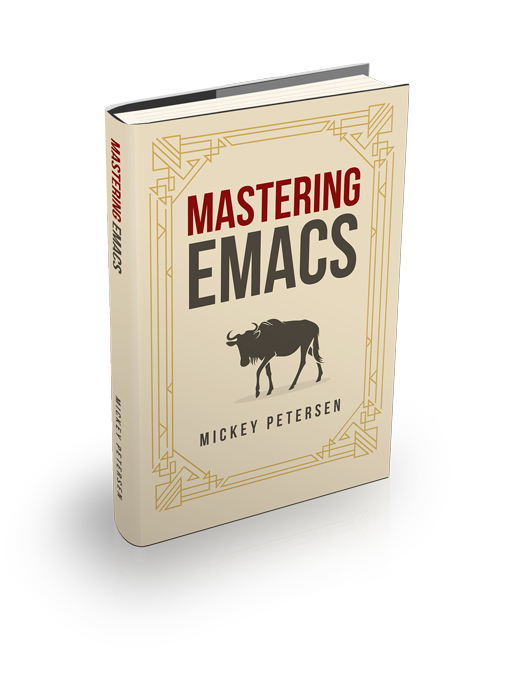I doubt it’s a well-kept secret that Emacs has a regexp “helper” called M-x re-builder. But if you haven’t heard about it before, Emacs’s re-builder lets you interactively build a regular expression and see what it matches on the screen. It’ll even uniquely color capturing groups so you can tell them apart.
Syntax
What most people don’t know is re-builder’s support for different syntax; but, sadly, not PCRE – sorry!
There are five different syntax choices (see table below). You can either use customize (M-x customize-variable RET reb-re-syntax RET) or set the variable (reb-re-syntax) directly.
readDefault. Similar to
stringbut requires “double escaping” of backslashes like you would be required to do in elisp. Example:\\\\(foo\\\\\|bar\\\\)stringRecommended. Similar to
readbut you don’t have the issue of backslash plague that haunts the default settings. Example:\\(foo\\\|bar\\)sregexDeprecated. A symbolic regular expression engine that uses s-expressions instead of strings.
lisp-reDeprecated. Yet another regular expression engine that uses s-expressions
rxRecommended. A third, and far more advanced, s-expression regexp engine. Use this and not
sregexorlisp-reif you want to use a lisp-style regexp engine.
The backslash madness
I recommend you switch to string right away; there’s little reason to use read, and the extra escaping will drive you insane unless you’re used to writing regexp in elisp.
Add this to your .emacs to switch the default syntax to string:
(require 're-builder)
(setq reb-re-syntax 'string)Useful Keybinds
If you do write a lot of elisp, you probably use (or should use!) rx to make your regexp experience in Emacs a bit more pleasant. Unfortunately, you can only have one default setting at a time so you have to switch manually with C-c TAB in re-builder.
You can enter the sub-expression mode with C-c C-e to only highlight capturing groups; you can toggle the case sensitivity with C-c C-i; and you can move between matches with C-c C-s and C-c C-r.
The re-builder keybind C-c C-w bears mention as well: it will copy (and convert, where applicable) the expression to a string format suitable for use in elisp.


